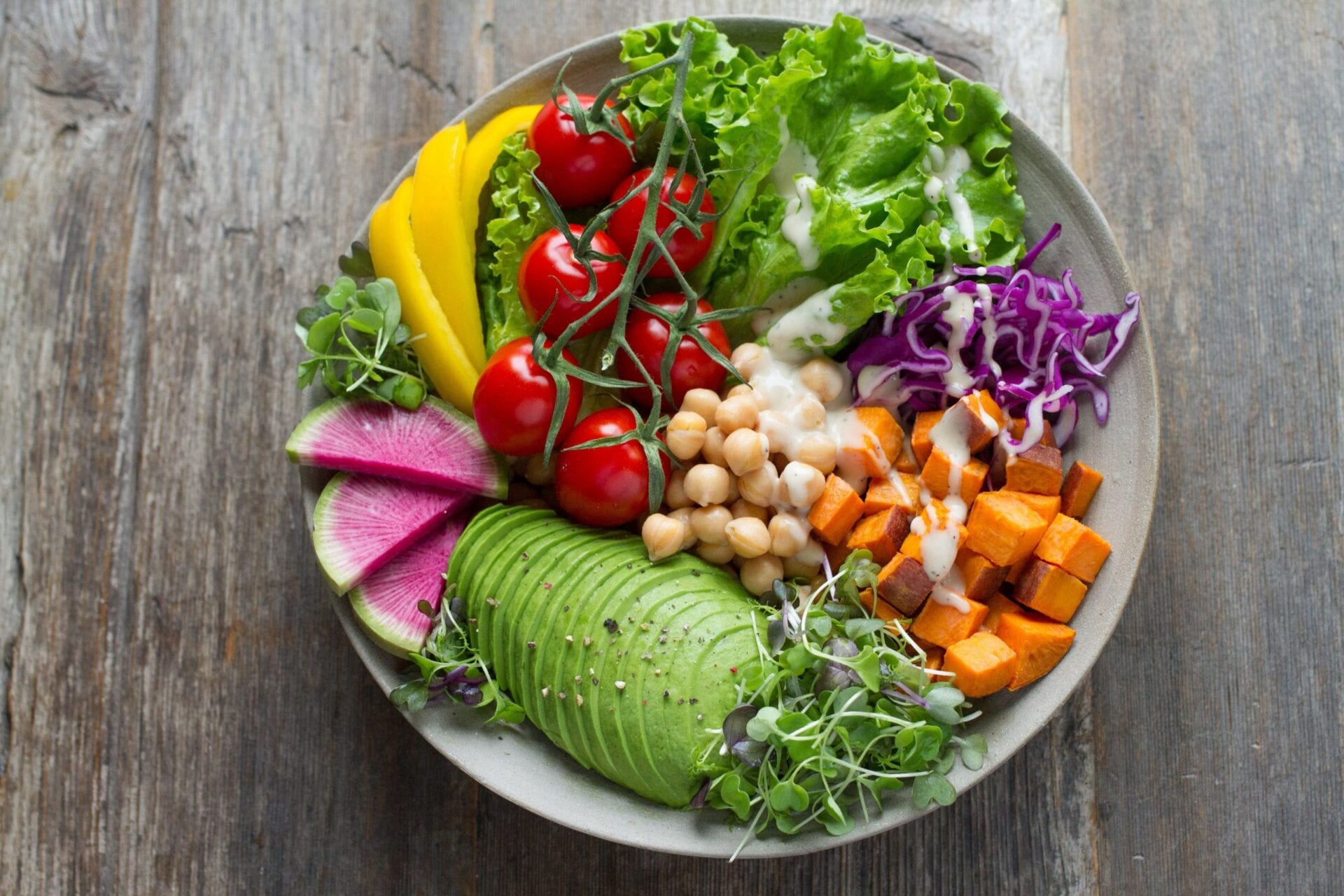
There is an unspoken thing that happens to 50% of the population, for a pretty significant length of time, and yet it is still so unknown and poorly understood. We are hoping to change all that with this very article. So no matter what your gender, here is a feature that is all about translating the menstrual cycle.
The Basics

To start, you need to know that the menstrual cycle is so much more than the bleed, or period. The menstrual cycle is this complex communication between the brain, ovaries and uterus via hormones.
In the brain is the hypothalamus – think of this like the metronome of the menstrual cycle. Setting the beat of the cycle by pulsing GnRH (gonadotropin-releasing hormone) from anywhere from 1-4hrs depending on the phase.
The pituitary gland then translates this tempo into a signal that the ovaries can understand – the hormones LH (luteinising hormone) and FSH (follicle stimulating hormone) (1). With different concentrations of LH & FSH throughout the cycle, there are fluctuations in oestrogen and progesterone that impact everything from the initiation of ovulation and the start of the period, all the way to digestion, appetite, mental health, and yes – even performance.
The cycle is defined from the first day of the period, to when the period begins once again. The length of this cycle can range from 24-35 days.
To help work through the different impacts, it can help to think of the menstrual cycle in phases:
- Early Follicular: Menstruation
- Follicular: From the end of Menstruation to Ovulation
- The Pause: Ovulation
- Luteal: From ovulation to the start of the next period
Phase One: Menstruation
This phase can last for 2-7 days and is where there is discharge of blood and tissue as the body sheds the endometrial wall and removes unfertilised eggs. Both oestrogen and progesterone are low during this phase, but as FSH builds, the ovaries are given the message to start to prepare an egg.
Impact on Mental & Physical Health:
The low levels of hormones can have significant impact on stress levels, mood, immune function and of course the possible pain from bloating and cramping.
Impact on Training:
With increased stress and pain, there are also reduced reaction times and increased perceived effort. Now is not the time for skill and precision, but rather a focus on reduced training volume and recovery (2).
Nutrition Considerations:
There may be an increased risk of gut upset or irritable bowel syndrome (IBS) symptoms during this phase – particularly due to chemical messengers called prostaglandins (responsible for the cramping). So there may be some that will benefit from reducing foods known to increase symptoms temporarily, such as FODMAPs.
Those with heavy bleeding each month are also at increased risk of iron deficiency (3).
Phase Two: Follicular
After the period, there is a large dominant follicle – a fluid filled sac in the ovary containing eggs. As this follicle grows thanks to FSH, it produces oestrogen and prepares for release. As a result, oestrogen continues to increase approaching ovulation, while progesterone remains low. The increased oestrogen also signals the uterus lining (endometrium) to thicken in preparation for a possible fertilised egg.
Impact on Mental & Physical Health:
As oestrogen increases, there is a dampening of your stress hormones adrenaline and cortisol – so mood can be on the rise during this phase! There is also an improved ability to store and conserve energy in your muscles (muscle glycogen) – so you will see below there are some training benefits!
Impact on Training:
As your period eases, load may remain low, but increased intensity through anaerobic and power-based sessions will be possible (and worthwhile, with improved strength adaptations during this phase). As you get closer to ovulation, the intensity of sessions may drop while the focus on aerobic training increases (2).
Nutrition Considerations:
Appetite tends to feel more consistent in this phase.
The Pause: Ovulation
As oestrogen peaks as a result of growing follicle in the ovary, LH surges – signalling the commencement of ovulation. Ovulation is the process of the egg being released from the follicle into the fallopian tube. It usually happens on day 13-15 as an average.
Impact on Mental & Physical Health:
As oestrogen peaks, mood can tend to feel positive and stable. This phase also comes with a peak in testosterone, high energy levels and an increase in sex drive.
Impact on Training:
With a peak in testosterone and generally good energy levels, sessions are well tolerated – particularly those focusing on power and strength. A benefit of the high testosterone is also an increased pain tolerance (2).
Nutrition Considerations:
The peak in oestrogen can also lead to a rise in leptin (our fullness hormone). This reduction in appetite can increase the risk of accidental under fueling if in a high training load, so just keep that in mind.
Phase Three: Luteal
The follicle that contained the released egg transforms into a corpus luteum. This produces progesterone and oestrogen – signalling to the hypothalamus to reduce LH and FSH. Progesterone levels then peak around a week into the luteal phase – preparing the uterus lining for a possible fertilised egg for implantation. However, if there is no fertilisation, the luteum breaks down. This break down plunges both oestrogen and progesterone, signalling initiation of menstruation.
Impact on Mental & Physical Health:
As progesterone rises, so too is cortisol – so this can be the start of those feelings of moodiness. With the severe drop in hormones right before menstruation, there is then possible impacts to health and mood that differ greatly to each individual. Basal temperature is also higher during this phase compared to the follicular phase.
Impact on Training:
In the first week after ovulation, there is increased muscle glycogen and the fluid retention will begin. With lower glucose in the blood stream, but high levels in the muscle, training sessions with high intensity efforts and strength focus can be better tolerated – the increased body temp may also help with performance in these efforts (4).
With both oestrogen and progesterone high mid phase, the fluid retention continues, but our tolerance of intense sessions starts to decrease. In preparation for the plunge in hormones (if no pregnancy), aerobic load can increase while intensity decreases.
Nutrition Considerations:
The level of appetite and cravings is known to vary significantly depending on individuals – this may be due to the different ratios of oestrogen to leptin (5). It is important to trust an increase in appetite where possible, continually aiming for health and supporting training load as the goal. It is a real thing to also crave foods such as chocolate during this time, so ensuring adequate energy availability will allow you to enjoy a range of foods without fear of restriction (6).
Prioritise quality carbohydrates to help with the release of the feel-good hormone (serotonin), while also including plenty of colour, healthy fats and protein over the day. With the higher core temperature during this phase, being really consciousness around hydration can help manage tolerance during sessions (8).
If intake over this time feels out of control and filled with guilt and anxiety, please reach out to our team to assist in managing this. You can contact us Here.


